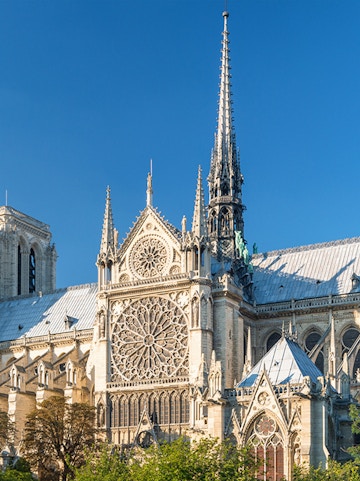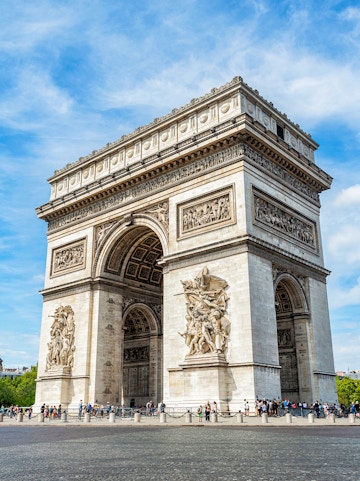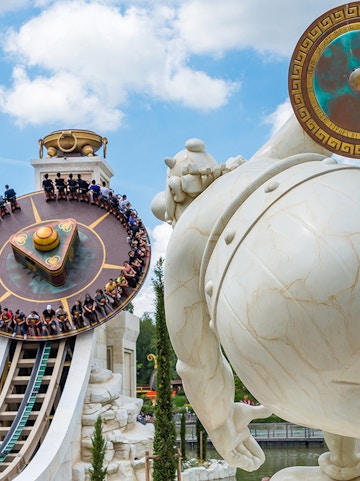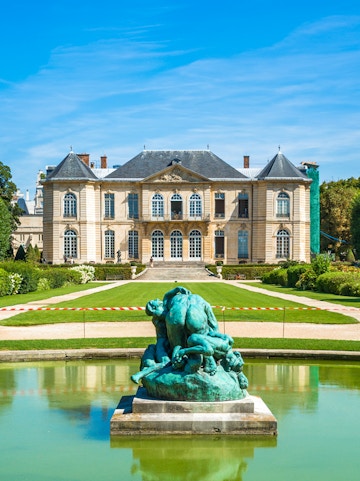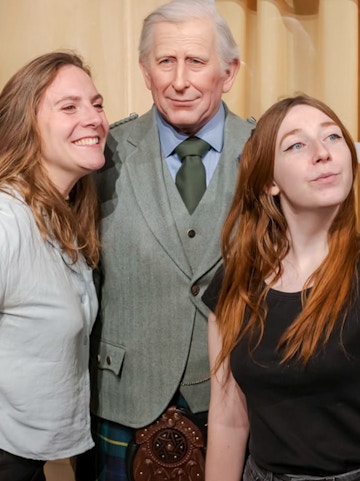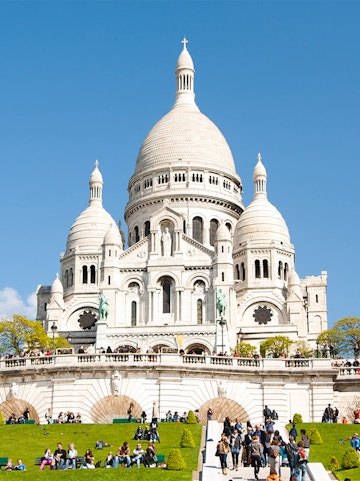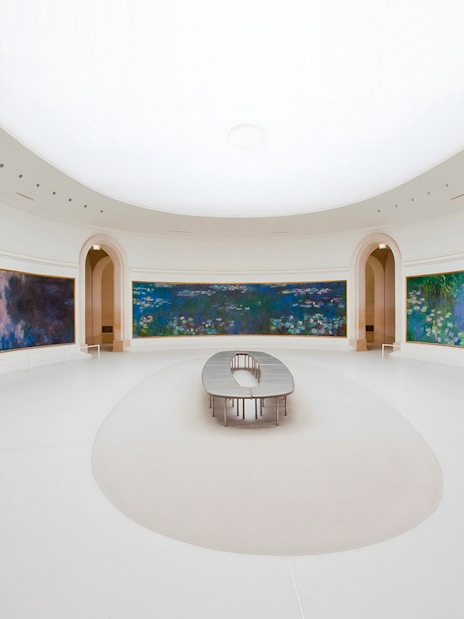Access iconic Impressionist artwork with one ticket to two museums, the Orsay and Orangerie.
Everything you get at the Orsay Museum: Bypass the ticketing lines to enter, get an audio guide for a deeper dive into the stories behind each artwork, get access to the Impressionist and Post-Impressionist art collection, and enjoy sweeping views of Paris from the terrace.
Everything you get at Orangerie Museum: Access to the museum's temporary and permanent exhibits, a closer look at Monet’s Water Lilies painting, 20th-century Impressionist artworks by Cézanne, Renoir, and Van Gogh, and a light-filled café-bookstore.
Why choose this combo: Save time by experiencing two of Paris’ iconic museums, 5 minutes apart from each other. Explore Impressionist and Post-Impressionist movement artwork together, and observe the impact of this revolutionary era on the paintings, all in one day.




















